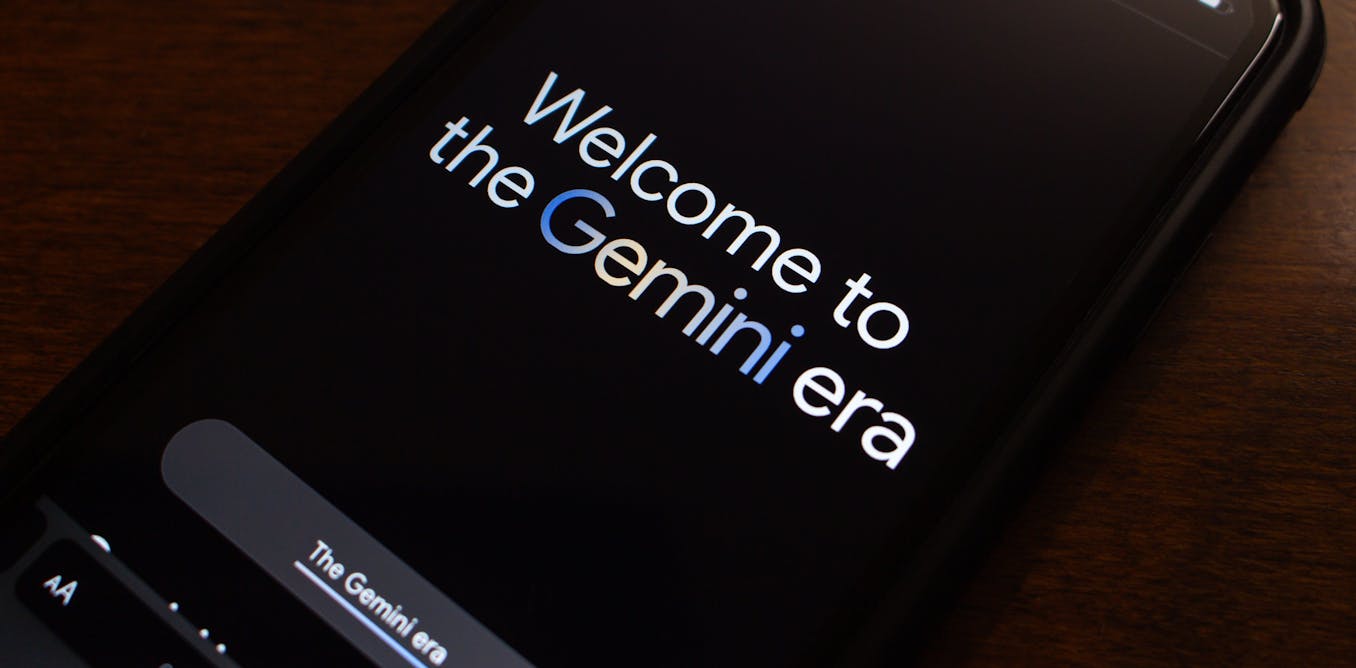OpenAI's Big Bet on Jony Ive Partnership
AI-created, human-reviewed.
The tech world erupted this week with news that felt like something straight out of Silicon Valley folklore: OpenAI has acquired Jony Ive's AI hardware startup, io, in a deal worth approximately $5 billion in equity. On Tech News Weekly, Emily Forlini of PCMag had on Lauren Goode, Senior Correspondent for WIRED, about this massive partnership between Sam Altman and the legendary Apple designer that represents one of the most expensive acqui-hires in tech history. Still, more importantly, it signals a potentially seismic shift in how we might interact with artificial intelligence.
The collaboration between Altman and Ive didn't happen overnight. Their partnership began taking shape last spring when Ive's design firm first announced the creation of io, an entity focused on developing next-generation AI-powered devices. By the end of 2024, OpenAI had already taken a 23% stake in the venture, setting the stage for this week's complete acquisition.
What makes this deal particularly intriguing is Ive's decision to maintain his independence even as OpenAI brings io under its umbrella. The British designer, who left Apple in 2019 to establish his own firm called LoveFrom, has structured an arrangement that allows him to lead the creative process while continuing his other work. This setup reflects both Ive's legendary status in the design world and his desire to avoid being completely absorbed into another tech giant.
Jony Ive's reputation precedes him in ways that few designers can claim. During his tenure at Apple, which began in the 1990s, he helped define the sleek, aluminum unibody aesthetic that became synonymous with the company's hardware revolution. From the original iMac to the iPhone, Ive's exacting standards and sometimes fantastical design visions pushed engineers to accomplish what seemed physically impossible, resulting in devices that fundamentally changed how we interact with technology.
His partnership with Sam Altman represents a meeting of old-guard design excellence and new-wave AI ambition. Altman brings billions in venture capital and institutional funding, along with OpenAI's cutting-edge artificial intelligence capabilities. Together, they're positioning themselves to tackle what many consider the next great challenge in consumer technology: creating a compelling alternative to the smartphone.
The reaction to the partnership announcement has been decidedly mixed, reflecting both the enormous potential and the significant risks involved. On one hand, the hardware market appears ripe for disruption. We've been using our "glass slabs" for over a decade now, and while smartphones serve us well, they've also created their own set of problems. From "tech neck" caused by constantly looking down at screens to the addictive nature of constant notifications, there's clearly room for innovation in how we interface with technology.
The optimistic view suggests that Ive's design genius, combined with Altman's AI resources and funding, could finally produce the breakthrough that others have attempted but failed to achieve. Various companies have tried to create post-smartphone devices, from smart glasses to AI pins, but none have gained significant traction with consumers.
As WIRED's Lauren Goode noted when discussing the partnership, "We've all been using our glass labs for a long time now. They serve us really well. They're impossible to detach from... would it be interesting and fascinating to see something else emerge from this. Sure, and, as Johnny Ive, this legendary designer, and Sam Altman with his billions and billions of dollars in venture capital and institutional funding, the right partner for this, quite possibly."
However, skepticism abounds, and for good reason. The duo's announcement video—a beautifully produced nine-minute presentation filmed at San Francisco's legendary Cafe Zoetrope—was long on vision but short on specifics. While Ive and Altman spoke eloquently about entering a new era of computing with AI, they provided little concrete information about what they're actually building.
This lack of specificity has drawn comparisons to other failed attempts at revolutionizing personal technology. The Humane AI pin, developed by former Apple employees, promised to liberate us from our phones but ultimately "crashed and burned" after raising substantial venture capital. Similarly, other AI hardware experiments like the Rabbit pin have failed to gain meaningful adoption.
Beyond the technical challenges of creating compelling new hardware lies a more fundamental question about data ownership and privacy. As one industry observer noted, whoever controls the next wave of hardware devices will also control our next wave of personal data. Unlike the early days of consumer internet technology, we now understand the implications of connected devices that continuously capture information about us and our environments.
This awareness creates a heavier atmosphere around new technology launches. Where once consumers eagerly adopted new gadgets and platforms, there's now a more cautious approach informed by years of data breaches, privacy violations, and the addictive nature of modern technology. The question becomes not just whether Ive and Altman can create something technically impressive, but whether they can earn the trust necessary for widespread adoption.
While official details remain scarce, hints from Sam Altman's internal communications at OpenAI suggest the device may not be something users carry on their person. Instead, it appears to be designed for more stable environments—potentially a desktop or home-based device. This has led to speculation that the product could be similar to Amazon's Echo devices but with significantly more sophisticated AI capabilities.
The trend toward screenless, hands-free interaction seems to be gaining momentum across the tech industry. This approach could address some of the physical health issues associated with smartphone use while potentially offering more natural ways to interact with artificial intelligence.
However, this also raises questions about the device's value proposition. What would such a device offer that existing smart speakers don't already provide? And how would it justify what will likely be a premium price point given the high-profile talent involved in its development?
The partnership between Ive and Altman takes on additional significance when viewed through the lens of artificial general intelligence (AGI)—Altman's stated goal of creating AI that surpasses human intelligence. If OpenAI succeeds in developing AGI, the hardware we use to interface with such robust AI systems becomes critically important.
This raises profound questions about the relationship between humans and artificial intelligence. As brain-computer interface technology develops, the line between external devices and integrated human augmentation may continue to blur. While Ive and Altman's current project likely won't venture into such territory, it represents another step toward a future where the boundaries between human and artificial intelligence become increasingly complex.
The partnership also reflects a broader pattern in Silicon Valley, where many of today's tech leaders are proposing solutions to problems that previous generations of technology created. Our addiction to smartphones, constant connectivity, and screen-based interaction were all consequences of innovations that were initially celebrated as unqualified progress.
Now, a new generation of entrepreneurs and designers is selling us on their ability to solve these problems—often through more technology rather than less. Whether this represents genuine progress or simply another cycle in the ongoing relationship between humans and their tools remains an open question.
As with many high-profile Silicon Valley partnerships, the ultimate success of the Ive-Altman collaboration will be measured not in the elegance of their announcement video or the impressiveness of their pedigrees, but in their ability to create something that people actually want to use. The hardware market is littered with beautifully designed, well-funded products that failed to find their audience.
The partnership between one of the world's most celebrated designers and one of AI's most ambitious leaders certainly has the potential to create something transformative. Whether they can navigate the technical challenges, earn consumer trust, and deliver on their ambitious vision remains to be seen. For now, the tech world waits to see whether this $5 billion bet will pay off with the next generation of personal technology or become another cautionary tale about the gap between Silicon Valley vision and consumer reality.
The stakes couldn't be higher, and neither could the expectations. In an industry where past success guarantees nothing, Jony Ive and Sam Altman are betting that their combined expertise can finally give us the post-smartphone future that so many have promised but none have delivered.











